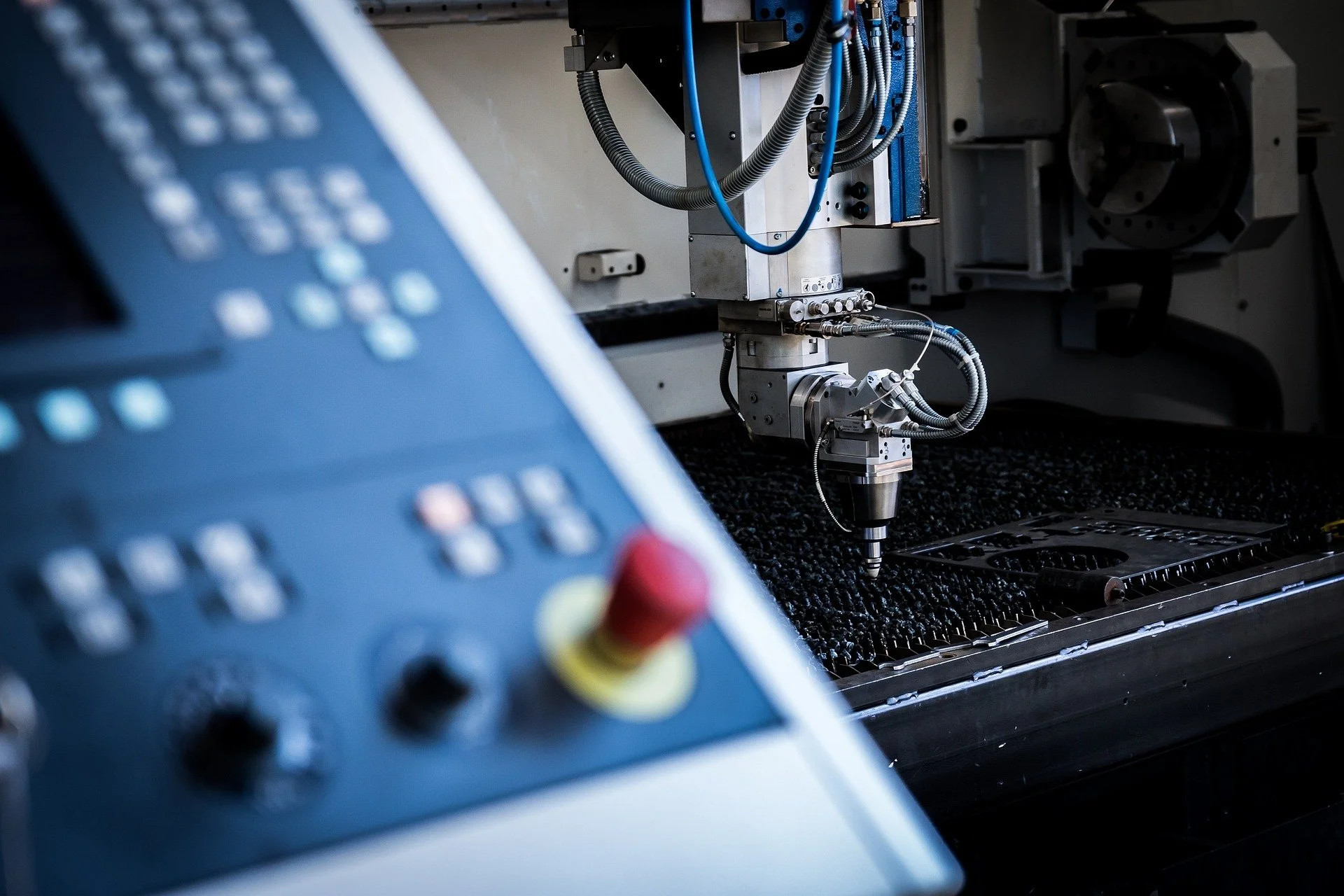Cost Factors for Laser Cutting Projects in Kitchener
Understanding the cost of a laser cutting project can be surprisingly difficult. Various factors influence pricing, ranging from material choices to design intricacies. There’s no true answer to how much a laser cutting project will cost.
In this article, we will explore the key elements that contribute to the overall cost of laser cutting projects. By understanding what contributes to the full cost of a laser cutting project, you can make more informed decisions that benefit your project’s budget. Keep reading to learn how to achieve your project’s goals without overspending.
How Much Does the Average Laser Cutting Project Cost in Kitchener?
The average cost varies. While some laser cutting companies will list cost ranges, they’re rarely accurate to your own project.
The average cost of a laser cutting project will not be accurate to you because:
Laser cutting is a versatile manufacturing process with a wide range of use cases, resulting in inconsistent costs from project to project.
Some laser cutting service providers charge a flat rate, while others charge hourly or per minute (especially for small projects).
Pricing can change due to various factors outside of the laser cutting service itself. The material choice, design, and surface finishes can make total costs significantly higher.
We consider it more valuable to break down what contributes to laser cutting project costs, helping you budget effectively.
However, if you want an accurate idea of your costs — reach out to us for a quote!
Laser Cutting Project Costs
Let’s cover the various cost factors for laser cutting projects and how they can drive up or reduce costs, depending on your choices for the final product.
Material Type and Thickness
Material type and thickness is, of course, a significant cost factor across all manufacturing projects. It’s no secret that some materials cost more than others. For example, stainless steel usually costs more than carbon steel.
Our laser cutting machine can cut steel (stainless, carbon, alloy), aluminum, and brass. Here’s a quick cost comparison of those materials:
Steel typically costs the least, with mild/carbon steel being the most affordable steel type. Stainless steel is one of the more expensive steel types, but it usually runs cheaper than aluminum and brass.
Aluminum costs more than steel on average, and is commonly used in structural manufacturing projects. Aluminum is hard to cut with a laser cutting machine because it’s reflective, which adds to processing time and costs. We solve this problem with our fiber laser cutting machine, which is able to process reflective materials more effectively than CO2 lasers.
Brass is the most expensive of these three materials. The copper content within the brass is what makes it so costly. It is also reflective, making it harder to laser cut than non-reflective metals. Again, we can overcome this reflectiveness and reduce potential costs using a fiber laser.
Additionally, thicker materials take longer to cut than thin materials.
Design Complexity
The more complex a design is, the more time it will take for the laser cutting machine to complete it. For example, completing a 2D design on sheet metal will take a much shorter amount of time than a 3D design.
Our laser cutting machine is automated, and follows a CAD (computer-aided design) file to create the final product. Automation makes it highly accurate when it comes to product specifications. While the cutting speed can be adjusted, high speeds can lead to inconsistent, poor quality cuts.
Quantity and Batch Size
Laser cutting is not limited by the size of the production run. It is suited for both small and large productions. However, the batch size will impact price in a number of ways:
One-off parts, or small production runs, cost more per unit because of the setup time and machine calibration.
Large production runs can actually reduce costs. The more identical parts produced, the less cost it is per unit because setup and programming only need to be done once. However, this doesn’t apply if each part is customized.
Bulk orders can significantly lower the cost-per-part. This makes laser cutting a great choice for manufacturing a large quantity of small components.
Design File Preparation
Some clients come to us with an already prepared design file, which can save on costs. But it’s important to ensure the file is production-ready. With files that are not formatted properly or CAD-friendly, our team is more than happy to help refine it. However, this will contribute to costs.
If you don’t have a design file prepared, our expert design team can work with you to create one that fits your vision. This service is incredibly convenient, especially if you lack design experience, but will add to the overall costs.
Post-Processing
Laser cutting might not be the only service you need. Post-processing takes care of the design requirements that aren’t met during the laser cutting process. It improves the appearance and functionality of the final product. Not every project requires finishing, so it depends on your final application.
BSG also handles post-processing, including surface cleaning, polishing, deburring, edge finishing, powder coating, and more depending on the project.
If you want your project to arrive assembled, we offer additional assembly services. We can also deliver your project straight to your warehouse or facility.
BSG has been Kitchener-Waterloo’s trusted manufacturing partner since 1987. With decades of professional experience, we’ve refined our design and manufacturing techniques for top quality results. Our tailored manufacturing services allow us to meet tight project deadlines and budgets. We are happy to make recommendations for budget-friendly alternatives that maintain quality and functionality while limiting costs.

